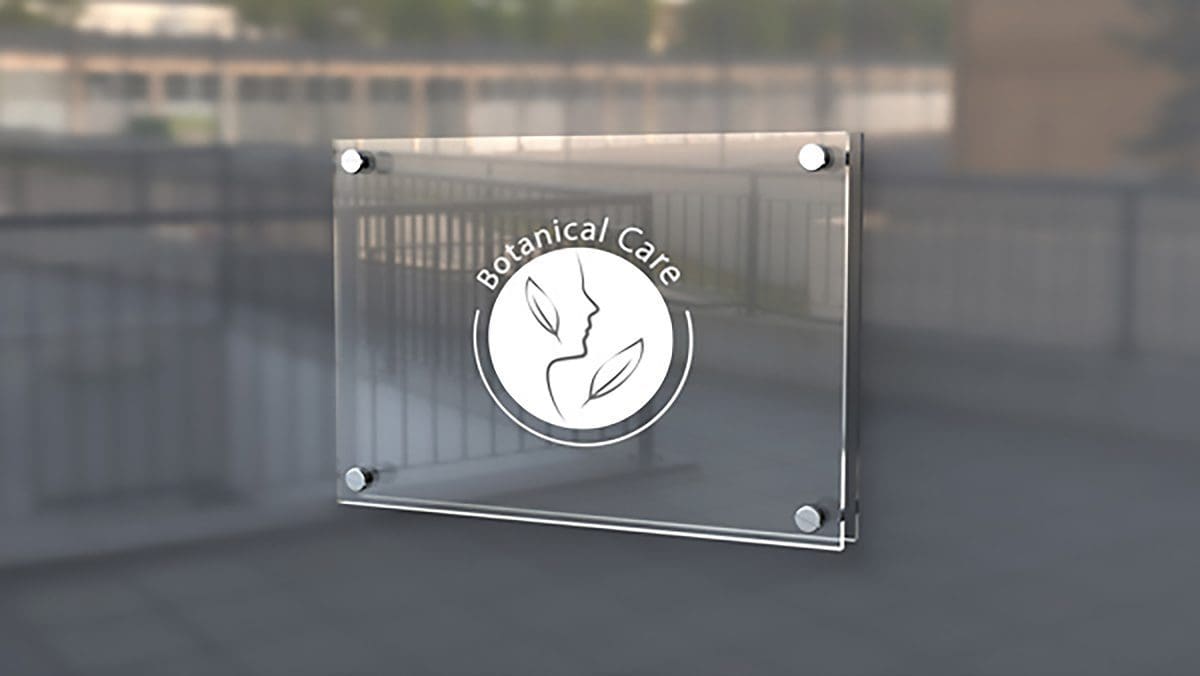In today’s competitive market, choosing the right signage materials and printing methods is critical for businesses, municipalities, and institutions needing ADA compliant signage. Think a glossy finish is always best for ADA signage or that screen printing is obsolete? Let’s shine a light on the facts. Misinformation about acrylic finishes, outdoor suitability, printing techniques, and more can lead to costly mistakes and non-compliance issues. This blog debunks common myths in the signage industry, helping you make informed decisions whether you’re exploring screen printing vs digital printing options or seeking the ideal outdoor signage materials.
Captivating Start
Imagine investing in a signage solution only to discover that your high-gloss acrylic, thought to be perfect for ADA compliance, isn’t delivering the clarity or durability you assumed. With myths swirling about everything from acrylic’s uses to the viability of traditional printing methods, our guide is here to set the record straight. By clarifying prevalent misconceptions, we empower you with expert insights that keep you ahead of the curve and compliant with regulations.
Myth 1: Glossy Acrylic Is Always Better for ADA Signage
Myth: It’s often believed that a glossy acrylic finish enhances every ADA sign by providing a more professional look with improved visibility.
Fact: While a glossy finish might appear striking on paper, it can create glare and reduce legibility for individuals with visual impairments. ADA signage must prioritize contrast and clarity over aesthetics.
Analysis: Competitive signage providers are increasingly emphasizing matte finishes or lightly textured surfaces. These options help diffuse light and reduce reflections, thereby enhancing compliance with ADA standards. Additionally, SEO research shows that discussions about signage materials often highlight the importance of not sacrificing function for form.
Practical Tip: When selecting a finish for ADA-compliant signage, consider matte or satin finishes that are specifically engineered for readability under various lighting conditions. Conduct field tests to ensure your chosen material performs well both indoors and in bright outdoor environments.
Myth 2: Acrylic Is Only Suitable for Indoor Use
Myth: Many assume that acrylic’s appealing look and durability are limited to indoor environments, making it unsuitable for outdoor applications.
Fact: Modern acrylic formulations are engineered to endure harsh weather conditions and UV exposure, making them an excellent option for outdoor signage materials.
Analysis: Industry leaders and reputable competitors have successfully marketed high-performance acrylic products designed for outdoor environments. These advancements have resulted in acrylic materials that can compete with traditional outdoor signage materials like aluminum or polycarbonate, providing both aesthetic appeal and long-lasting durability.
Practical Tip: Always verify the specific grade and UV resistance of the acrylic material when planning outdoor installations. Consult manufacturers’ technical data and compare products to ensure your signage meets both design and environmental durability needs.
Myth 3: Latex Ink Doesn’t Withstand Outdoor Environments
Myth: A prevailing belief suggests that latex ink, commonly used in various printing techniques, will quickly fade or degrade when exposed to outdoor elements.
Fact: Innovative formulations of latex ink now offer improved weather resistance, making them viable for both indoor and outdoor signage solutions. Many modern digital printing trends incorporate these formulations successfully.
Analysis: Research indicates a significant evolution in both latex ink quality and digital printing technologies. Today’s digital printing methods combine high-resolution output with inks that sustain vibrant colors even under prolonged outdoor exposure. Customer reviews and industry competitor insights reveal that properly installed signage with latex ink has a performance record comparable to more traditional inks.
Practical Tip: When choosing printing methods for outdoor signage, opt for products that specify long-term outdoor durability and perform controlled environmental tests. This ensures your signage stands the test of time without frequent replacement or reprint costs.
Myth 4: Screen Printing Is a Dead Art
Myth: Some believe that screen printing has been completely displaced by digital printing, dismissing traditional methods as outdated.
Fact: Screen printing remains a valuable technique, offering unique advantages in durability, cost-effectiveness for large volumes, and the ability to print on diverse substrates. The comparison of screen printing vs digital printing reveals that each method has a niche depending on project requirements.
Analysis: Industry analysts note that while digital printing trends offer flexibility and speed, screen printing still delivers superior ink deposition and longevity for specific applications. Competitor insights from top print service providers emphasize that screen printing benefits include its ability to create vibrant, tactile finishes on materials ranging from fabrics to outdoor signage systems. Meanwhile, screen printing vs digital debates show that digital printing excels in on-demand and short-run projects, but screen printing holds its own for high-volume orders where consistency and durability are essential.
Practical Tip: Evaluate your project’s specific needs—if you require robust, long-lasting signage with tactile finishes for both indoor and outdoor use, screen printing may be your ideal choice. On the other hand, for a fast turnaround with customizable designs, consider modern digital printing trends that have revolutionized the industry. Always discuss options with industry experts to align with your budget and quality expectations.
For more insights on how screen printing can still be a valuable solution, visit our
screen printing process page at Michigan Custom Signs.
Additional Insights
Key Statistics: Recent industry surveys highlight that over 60% of businesses have shifted their focus to materials that combine aesthetic appeal with maximum durability and compliance. Furthermore, a notable portion of signage projects now specifically considers ADA guidelines as a priority in material selection, ensuring both functionality and legal adherence.
Expert Take: Leading signage experts concur that a nuanced approach—one that balances material quality with innovative printing technologies—is essential. Experts advocate for a methodical evaluation strategy that includes stress testing, compliance checks, and comprehensive market comparison, drawing on competitor successes to build a robust strategy.
Summation and Call to Action
Summary of Key Points: Navigating the world of signage involves understanding the true capabilities of material and printing technologies. From debunking the myth that glossy acrylic is best for ADA signage to realizing that acrylic can be built for both indoor and outdoor use, and recognizing that both screen printing and digital printing have their unique advantages, it is important to look beyond the myths. By leveraging the latest industry insights, including competitive comparisons and technological innovations, you can make an informed choice that aligns with your unique requirements.
Call to Action: Ready to elevate your signage game? Whether you’re evaluating screen printing vs digital printing or scouting for robust outdoor signage materials, our team of experts is here to guide you. Contact us today for personalized advice and the latest insights on creating signage that stands out, complies with ADA standards, and endures all environmental challenges.
SEO Optimization Tips
To enhance the SEO performance of your signage content, consider integrating long-tail keywords naturally throughout your content. Phrases like
“screen printing benefits” and “digital printing trends” resonate well with search engines when paired with relevant semantic SEO phrases such as
“printing solutions,” “ADA compliant signage,” “UV resistant materials,” and “durable outdoor signage.” Incorporate internal links to case studies, product pages, or detailed guides on screen printing vs digital printing, and complement your content with optimized meta descriptions, alt texts for images, and mobile-friendly design for improved visibility and engagement.
By adhering to these insights and best practices, you not only educate your audience but also strengthen your competitive edge in the crowded signage market.









